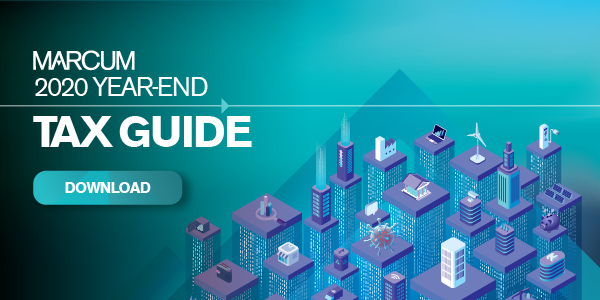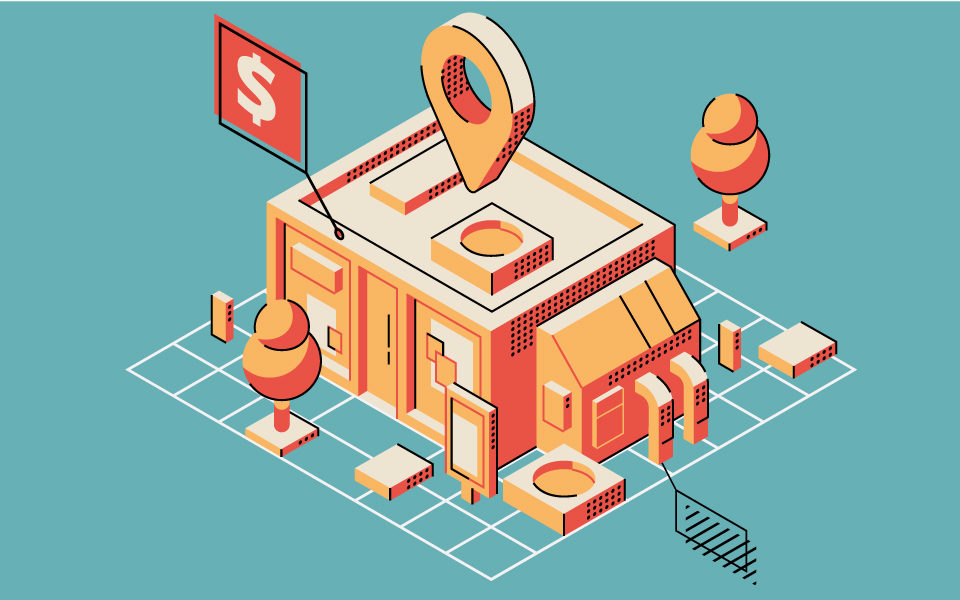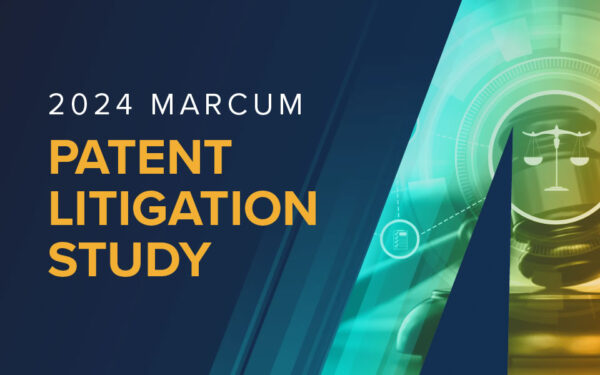Paycheck Protection Program Updates
To combat the unparalleled economic effects of the coronavirus, Congress enacted three major legislative initiatives in March 2020. The most significant of these was the Coronavirus Aid, Relief, and Economic Security (CARES) Act, passed into law on March 27, 2020. The CARES Act laid the groundwork for the Paycheck Protection Program (PPP), which was allocated $669 billion to help keep 5.5 million small businesses afloat. This article reflects on the creation and subsequent expansion of the PPP program, dissects major concerns and provides an update on the loan forgiveness process.
Creation of the Paycheck Protection Program
The PPP allowed businesses to borrow up to $10 million under the Small Business Administration (SBA) 7(a) loan program. The most attractive aspect of the loan: forgiveness. If used strictly to cover payroll, mortgage interest, rent, and certain utilities during the covered period, and within the correct percentages, the loan could be forgiven.
The CARES Act was hurried legislation and left many questions unanswered in its text. To assist lenders and borrowers, the SBA and Treasury have since issued numerous FAQs and interim regulations concerning the loan application and loan forgiveness application processes. Unfortunately, the frequent updates and course corrections have caused business owners confusion, frustration, and whiplash at the sheer speed and 180° turns.
Further complicating the loan process, banks required different paperwork to be submitted along with the standard SBA loan application, and interpreted allowable expenses differently. Some banks gave their larger customers white-glove service while seemingly brushing off applicants for smaller loans. Internet-only alternative lenders, such as Lendio and Kabbage, grew in popularity for their ease of use.
Enhancement of PPP through the PPP Flexibility Act
The program was originally set to expire on June 30, 2020, but on June 5, Congress enacted the PPP Flexibility Act, which extended and enhanced the PPP through August 8, 2020. The PPP Flexibility Act made it easier for business owners to have their loans 100% forgiven:
- It increased the original 8-week covered period to 24-weeks.
- It required at least 60% of the loan to be used on payroll costs (as opposed to 75% under the original legislation).
- It allowed up to 40% of the loan to be utilized for non-payroll costs (an increase from 25% initially).
The tweaks to the program took pressure off businesses to spend funds quickly and further allowed businesses to be more fiscally responsible with the loan proceeds. The Act also raised the minimum loan maturity from the initial two-year period to five years.
The PPP Flexibility Act added two Safe Harbor options, which were designed to help businesses struggling to achieve the Full Time Equivalent (FTE) employee headcount necessary for full forgiveness. Safe Harbor 1 helps businesses unable to return to the same business activity level due to government orders, by allowing them to be fully exempt from FTE counts. Hair salons and restaurants are examples of businesses that would fall into this exception.
Safe Harbor 2 was an update to the original legislation. The updated flexibility legislation changed the measurement date for benchmarking Safe Harbor FTEs from June 30, 2020, to December 31, 2020, thereby allowing more businesses the ability to achieve 100% forgiveness in the event they were unable to rehire their original employees, or hire new talent quickly.
Today, we stand at an intersection. While many banks have opened their loan forgiveness application (LFA) portals, not all banks are fully equipped to begin the process. At the date of this writing, around 100,000 applications have been submitted by banks to the SBA since the portal opened in mid-August, and exactly zero have received approval. The SBA has 90 days from the submission date to approve or reject the bank’s recommendation.
Significant Issues Worth Noting
Business is no longer at a standstill, as it was in March 2020. Mergers and acquisition (M&A) activity has resumed, and for businesses with PPP loans considering M&A, at the forefront of owner’s minds is not violating loan covenants, which would jeopardize the business’s ability to receive full forgiveness at the conclusion of the covered period. To assist business owners in navigating the interaction of a PPP loan with changes in ownership, the SBA issued a Procedural Notice on October 2, 2020. The Notice states that the PPP borrower, as well as the successor entity in the event of a merger, will remain subject to all obligations of the PPP loan. Additionally, if the funds are used inappropriately, the SBA will have recourse against either the original borrower, the acquirer, or both (depending on the circumstances).
Another concern for borrowers relates to the taxability of any PPP proceeds forgiven. In the original CARES Act legislation, many Congressional representatives stated that they intended for the PPP forgiveness to be a non-taxable event. However, the IRS has taken a contrary stance and has stated that associated expenses will be disallowed, effectively making the loan proceeds taxable.
In addition to tax considerations, businesses are concerned about financial statement presentation of the loan and subsequent forgiveness. While there is no formal guidance in US GAAP, the American Institute of CPAs, in conjunction with the Financial Accounting Standards Board (FASB), has developed Technical Question and Answer (TQA) 3200.18, which essentially requires PPP loans to be reported as a liability until there is reasonable assurance that any conditions attached to a loan will be met and the forgiveness will be received.
At the end of August 2020, the SBA and Treasury released additional information pertaining to related party rentals, which disallows businesses that rent their buildings from related parties to deduct their rent payments on the LFA. As an alternative, business owners may deduct the portion of mortgage interest paid to the related person or entity. This guidance was contrary to prior guidance and caught many businesses by surprise.
The SBA has also clarified how much forgiveness a business can seek on behalf of its owners, which is as follows for the indicated covered periods:
- 8 weeks – Maximum owner compensation is $15,385, further limited by (8/52) of 2019 compensation (or self-employment earnings).
- 24 weeks – Maximum owner compensation is $20,833, further limited by (2.5/12) of 2019 compensation (or self-employment earnings).
Further, owner-employee and self-employed owner compensation limits and includable costs vary depending on the entity type:
- C Corporation – The caps for payroll, health insurance, and retirement plans contributions are limited to 2019 amounts. For example, if health insurance premiums increased in 2020, only the 2019 amount is included in eligible costs.
- Health insurance and retirement contribution caps are in addition to the compensation limits.
- S Corporation – The caps for payroll and retirement are limited to 2019 amounts.
- Health insurance is included in wages, so it is not eligible to be added to compensation limits.
- Retirement contributions are in addition to compensation limits.
- Schedule C – Forgiveness is limited to 2019 Schedule C net income times (8/52) or (2.5/12).
- No additional retirement contribution or health insurance is eligible.
- Partnership (LLC, LP, etc.) – Limited to 2019 self-employment income minus Section 179 depreciation, unreimbursed partnership expenses (UPE), and depletion, multiplied by 92.35% (capped at $100,000 after the math).
- No additional retirement contribution or health insurance is eligible.
Seeking Forgiveness
On October 8, 2020, the SBA announced the creation of a new form 3508S intended to assist recipients of loans of less than $50,000 to receive full forgiveness with less paperwork. The one-page form allows businesses that received loans of less than $50,000 to skip the FTE requirements. Businesses still must prove that they used the funds on allowable and forgivable expenses, but there is significantly less burden on those business owners. While many speculated that loans under $150,000 would receive this treatment, the SBA decided to use a lower threshold, as 67% of all loans (and 12% of all funds loaned) fell into this subset.
If a business doesn’t qualify for form 3508S because it received more than $50,000 in loan proceeds, it may be able to use simplified form 3508EZ. Form 3508EZ should be used by businesses that did not experience a reduction in their FTEs or a 25% wage reduction across all employees. If a business experiences a decline in FTEs or a 25% wage reduction, the business must use form 3508, the long form of the LFA.
Bank-centric Considerations
Due to the many questions that continue to arise, we anticipate that LFAs will be subject to scrutiny for many years to come. The SBA has six years to audit the files at their convenience.
Though some banks have opened up their forgiveness portals, not all banks are prepared to deal with covered periods that differ from the standard 8 or 24 weeks (for example, if a borrower wanted to seek forgiveness for 13 weeks).
At the end of August 2020, the SBA issued guidance on an appeals process in the event that an expense is challenged. But, as of this writing, the appeals process has not yet been tested. Further, though it has been seven months since enactment, the PPP program continues to unfold, with additional guidance issued regularly. To that end, it is preferable to wait to seek forgiveness for maximum clarity.
Conclusion
The PPP was a lifeline many businesses needed and couldn’t have continued on without. We are hopeful that Congress, regardless of the outcome of the Presidential and Congressional elections, will act quickly to issue additional economic stimulus to assist businesses that are continuing to struggle. If that happens, count on Marcum to provide your business with timely updates and assistance in navigating the loan program to your maximum advantage.





















